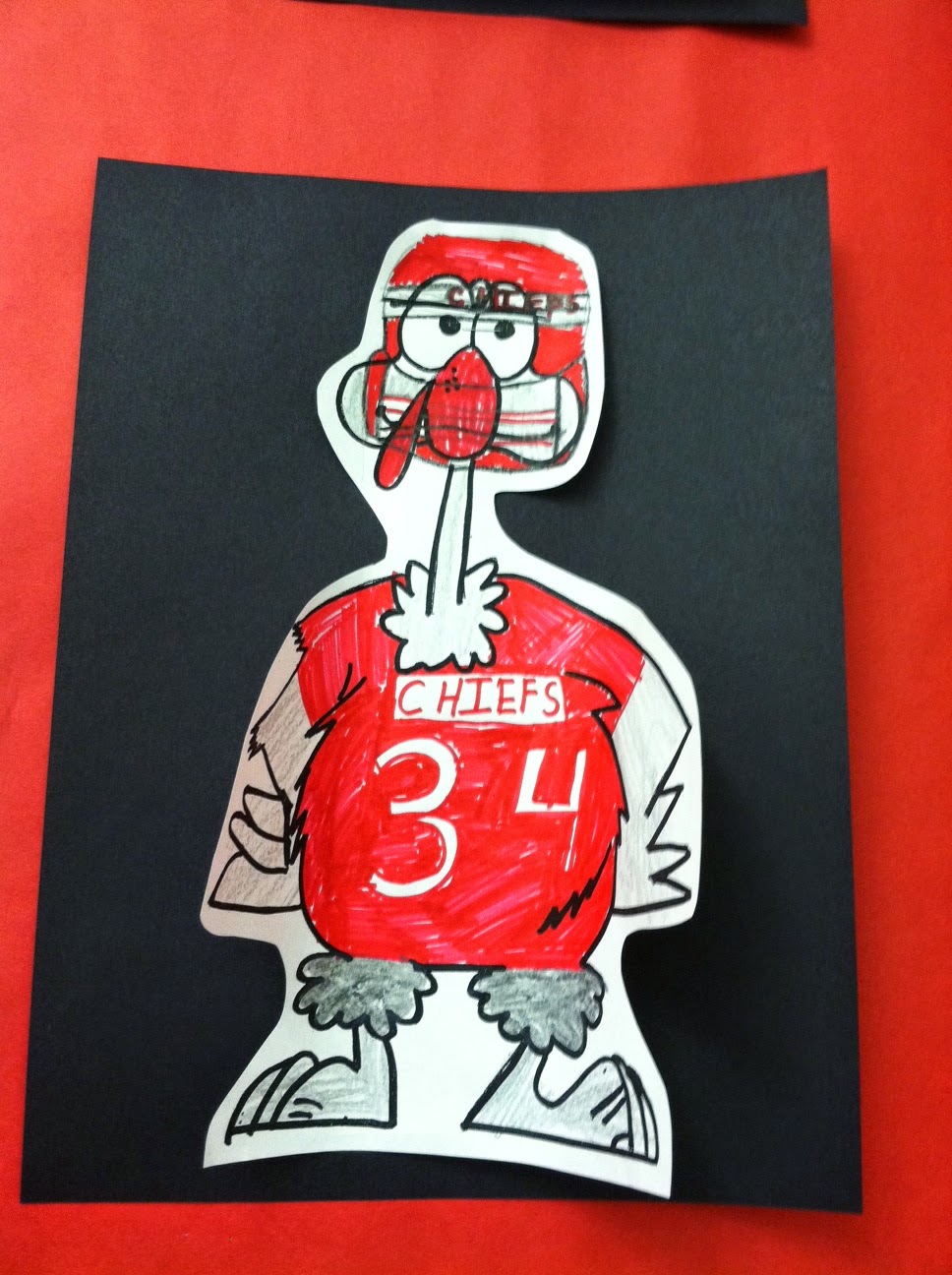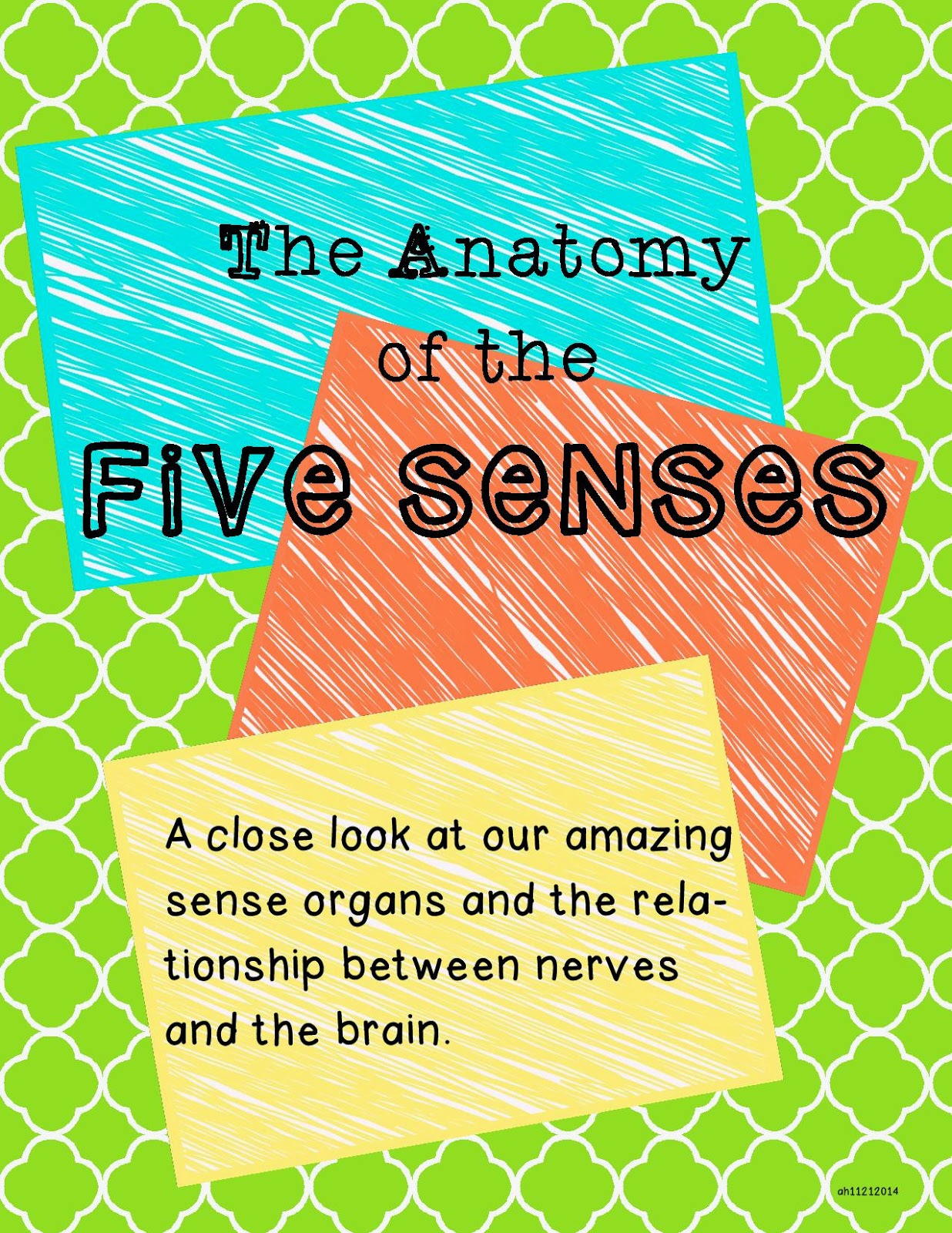I've just posted a fun, engaging early-finishers activity for those of you who use scanning devices in your classroom (for examples, iPads). It is a mini-book that uses QR codes to tell various Thanksgiving stories. Students will use their scanning devices to scan each QR code. They will then be brought to various videos that tell them Thanksgiving stories. Most are fun, fantasy stories, but there is a reading of The Story of the Pilgrims. Each page features a different story, as well as an after-reading activity or question that students answer. It creates some fun conversations in class and the kids really look forward to it.
Click HERE to check it out! Enjoy!
Monday, November 24, 2014
Turkey Disguises
I love the book Turkey Trouble by Wendi Silvano. It's a fun story to read to your class around this time of year. It's about a turkey who tries different disguises to keep from ending up on the Thanksgiving table.
Each year, we ask our students to make "turkey disguises" to help save fictional turkeys from the Thanksgiving table. We send home THIS turkey template (it is a scanned version of a template that has been passed down through the years) printed on card stock. We ask them to use their imagination to create a good disguise for their turkey. They can use colors, materials, etc. to create their turkeys. This activity is just for fun, but it sure makes for a neat November bulletin board!
Each year, we ask our students to make "turkey disguises" to help save fictional turkeys from the Thanksgiving table. We send home THIS turkey template (it is a scanned version of a template that has been passed down through the years) printed on card stock. We ask them to use their imagination to create a good disguise for their turkey. They can use colors, materials, etc. to create their turkeys. This activity is just for fun, but it sure makes for a neat November bulletin board!
Thursday, November 20, 2014
My "Word Wall"
I've been wanting to share how I decided to do my word wall this year. Normally I use my back cabinets for a traditional word wall that includes various high frequency and hard-to-spell words in alphabetical order. But I noticed that the word skills my kids seemed to need the most help with were the basic word skills we teach throughout the year (parts of speech, homophones, contractions, etc.). So this year I decided to use my back cabinets to showcase various work they've done with each skill that I will leave up all year. I spend one week per skill for the first nine weeks. So by the end of the ninth week, our "word wall" is complete! My students reference it ALL THE TIME! I tried to find and create activities that would help them visually remember the specific skill (for example, we made "synonym rolls" to learn synonyms, and we did a fun foldable to help learn how contractions are made). I may tweak some activities (or choose entirely new ones) next year, but overall I like this idea of kids being able to reference the word skill as something they have created. Here are pictures of my word wall, as well as links (where applicable) to the different templates I used.
I hope you find these helpful!
 |
| A view of the entire word wall. |
 |
| We used Frame Magic on the student iPads to act out and label various verbs. |
 |
| We used Frame Magic on the student iPads to find pictures of and label the different types of nouns: person, place and thing. |
 |
| Students rotated around to various stations to add their own adjectives (on post-its) to these vivid images I found online. |
 |
| Students chose homophone pairs to represent in pictures. The word cards and picture templates are part of my "Homophones and Multiple Meaning Words" pack. |
 |
| We did "Poppin' Antonyms" for our lesson. Each popcorn box has a word on it. Students searched to find antonyms for that particular word and wrote them on the different popcorn pieces. |
 |
| Students made multiple-meaning M&Ms for this activity. They chose a multiple meaning word and wrote two separate sentences for it that demonstrated the different meanings. |
 |
| This is a traditional compound word activity where students write and illustrate the two separate words needed to create a compound word. |
 |
| After discussing how apostrophes replace missing words in contractions, students dissected and reassembled their own contractions. See below for a close-up picture of what this looks like open. |
 |
| A closer view. |
The Anatomy of the Five Senses
Last year, I made a custom science unit for my second grade class that allowed us to explore the five senses. This unit focuses on the anatomy of the five senses, teaching kids how information travels from the outside world through each sense organ to our brains. It is very hands-on. I spend a week on each sense organ. First we discuss the basics for each sense organ (how information travels to our brains), then we discuss fun facts for that same organ. After that, we spend a day recalling and reflecting on the basic info. Finally, we do an experiment for each sense organ. This is such a fun unit to teach! I have taught it twice now, and both times I have been amazed at how much information my second graders process. They truly learn this stuff ... not to mention, they are highly engaged since it is such a hands-on unit.
Click HERE to check it out. I've included a preview that shows all the pieces for one sense organ, so you get an idea for how I structured the unit. There are even small QR codes on each main page that kids can use to see a cartoon exploration of each sense organ.
That is all for now! I'm hoping to post some other units and activities soon that have been hanging out in my computer for the past year ...
Click HERE to check it out. I've included a preview that shows all the pieces for one sense organ, so you get an idea for how I structured the unit. There are even small QR codes on each main page that kids can use to see a cartoon exploration of each sense organ.
That is all for now! I'm hoping to post some other units and activities soon that have been hanging out in my computer for the past year ...
Subscribe to:
Comments (Atom)








